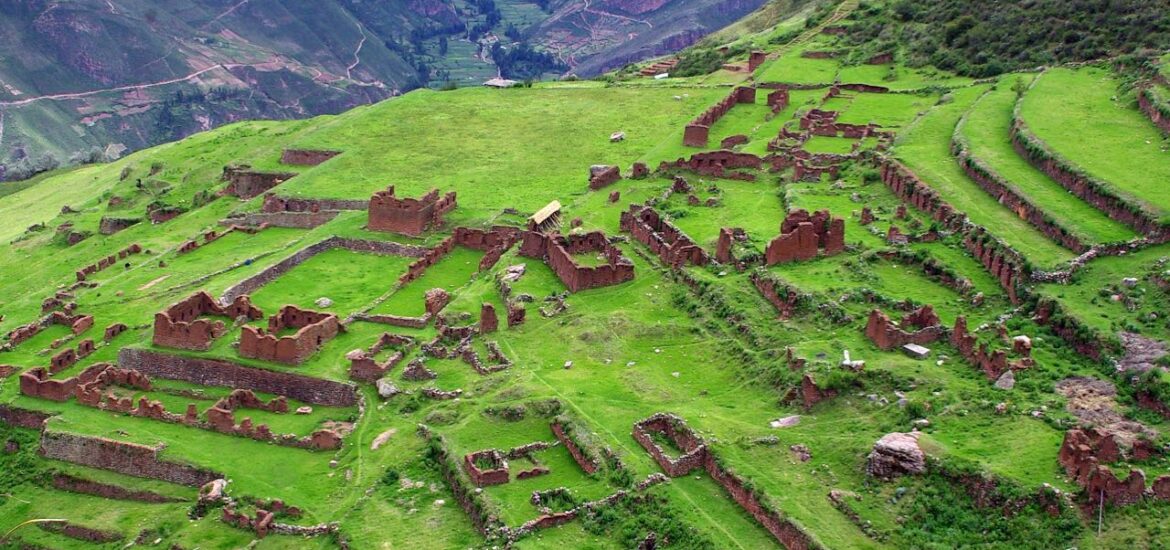Huchuy Qosqo, which means “Little Cusco” in Quechua, the ancient Inca language. Huchuy Qosqo archaeological site is a hidden treasure in the Sacred Valley of the Incas. We can affirm that, compared to other inca ruins in the Cusco region.
It sits high above the valley at about 3,600 meters (11,800 feet), offering stunning landscapes that will definitely impress you. In this guide, we will share everything you need to know about Huchuy Qosqo. We’ll cover its fascinating origins, its cultural significance, and provide helpful tips for your visit.
What is Huchuy Qosqo?
Huchuy Qosqo is thought to have been a royal estate or a ceremonial center for the Inca ruler Viracocha during the 15th century. The site features a mix of stone and adobe structures, agricultural terraces, and a ceremonial plaza.
The great rooms called “kallanka” were used by the elite, and the “qolcas” were used as warehouses. While it may be smaller than Machu Picchu, it is historically important and offers a peaceful escape from the most crowded tourist spots in Peru.
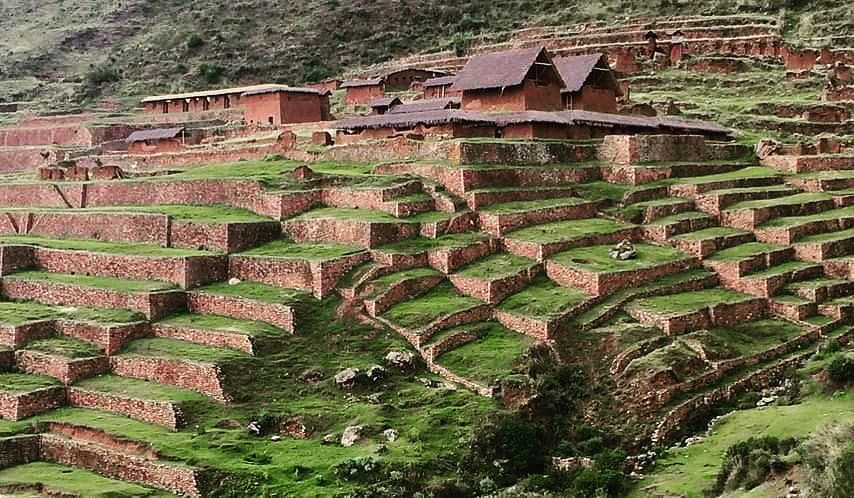
This ancient Inca place was also an important site for agriculture and trade. Thanks to Its high location, it helped the Incas keep an eye on the valley below. Incas also used this place as a storage center for extra crops, especially maize, which was a main part of the Inca diet.
Along with the high degree of creativity and intelligence, the Incas had, their terraces and irrigation helped a lot to feed people. After the Spanish conquest, Huchuy Qosqo faced several challenges. Although now it’s partly damaged, its ruins still tell of the Inca civilization’s creativity and strength.
We can summarize these key points about Huchuy Qosqo:
Viracocha’s Residence: This site likely provided a peaceful retreat for the ruler in his later years.
Spanish Colonization: Sadly, Spanish forces damaged the site. They used its stones for their buildings.
Rediscovery: In recent decades, archaeology and tourism have renewed interest in this site.
Location and Accessibility
Huchuy Qosqo sits at an impressive altitude of about 3,600 meters (11,800 feet) above sea level. This site is 57 kilometers from the city of Cusco, and it offers stunning views of the Sacred Valley near the charming town of Lamay. Though it doesn’t receive as many visitors as some other Inca sites, this adds to its charm. The remote location and the trek to get there make the experience even more special and rewarding.
How to Get there
Huchuy Qosqo trek offers at least three routes, each offering a different kind of adventure. Take a look at the options:
Lamay Route
Starting Point: Lamay in the Sacred Valley.
Duration: 5 hours
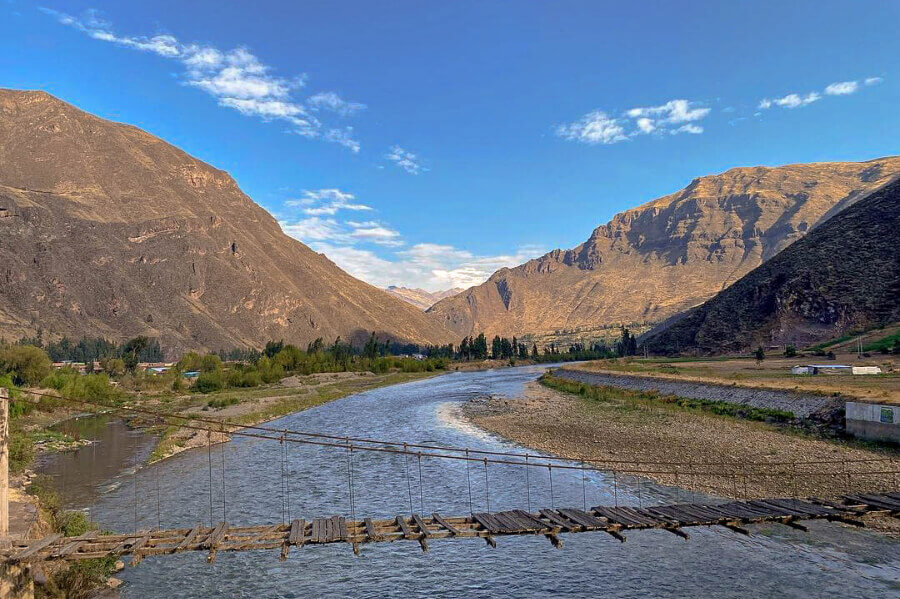
Distance: Approximately 12 kilometers.
Difficulty: High.
Highlights: Shorter route, but most demanding. The stunning views are paid off.
Tambomachay Route
Starting Point: Tambomachay, Archaeological Site
Duration: 3 days, 2 nights
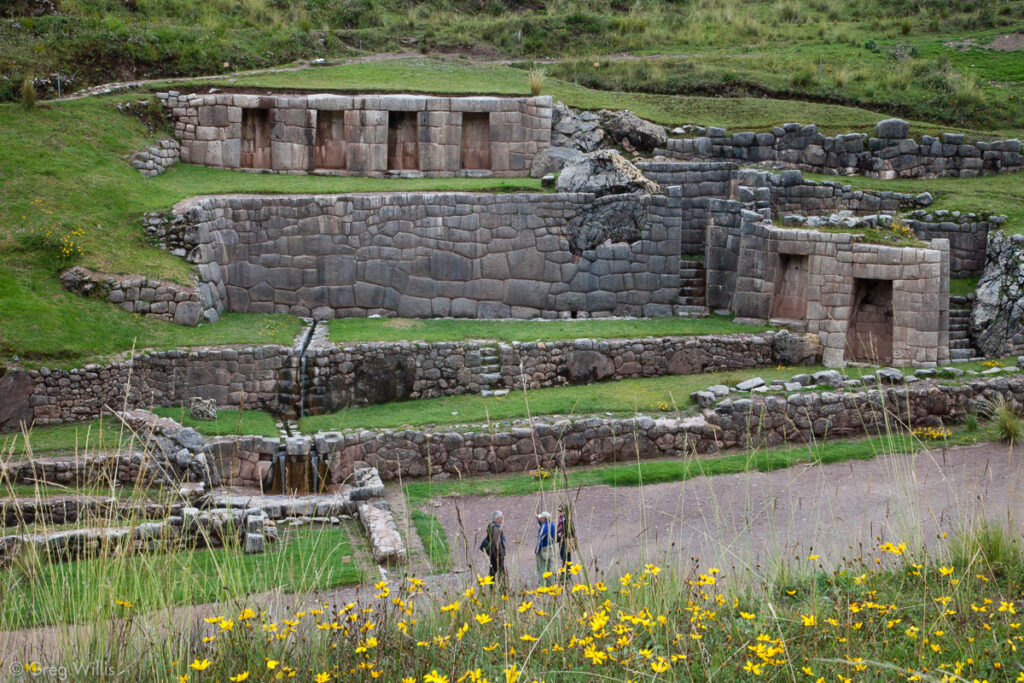
Distance: 46 kilometers approx.
Difficulty: Moderate
Highlights: Perfect for those looking for a peaceful hike with a variety of scenery. The longer path will make you soak in Andean Culture.
Chinchero Route
Starting Point: Chinchero Town.
Duration: 4 to 5 hours.
Distance: Approximately 35 kilometers.
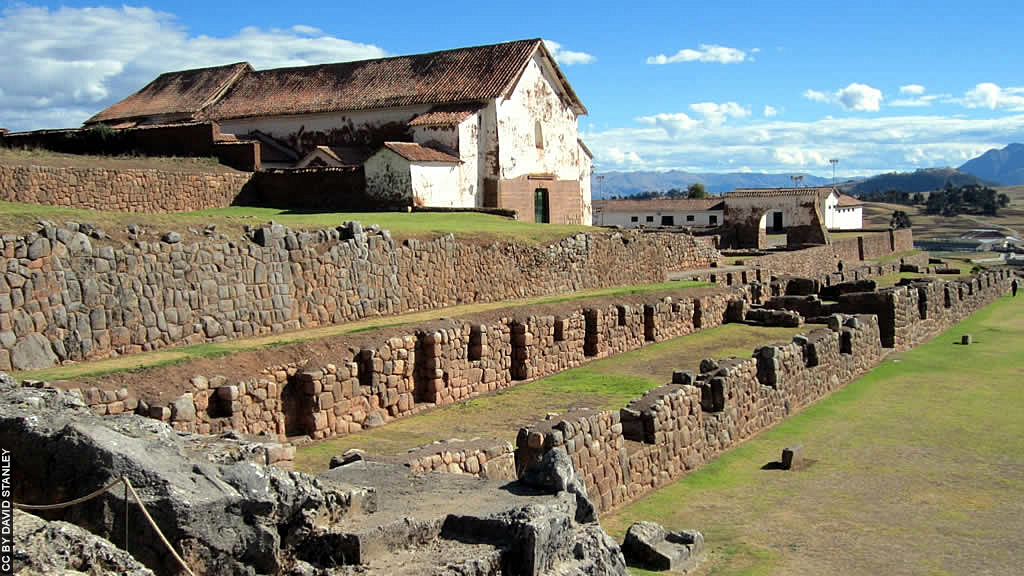
Difficulty: Moderate to High.
Highlights: Shorter route, but most demanding. The stunning views are paid off.
Duration: Explore beautiful terraces and Andean villages in the Sacred Valley. Connect with local culture.
What to Expect at Huchuy Qosqo
When you arrive at Huchuy Qosqo, you will see a peaceful and breathtaking environment. The ruins sit high on a plateau, giving you stunning views of the Sacred Valley, the Vilcanota River, and the snow-covered Andes mountains.
Key Features of the Site
Agricultural Terraces: These impressive terraces show how skilled the Incas were at farming. They helped grow crops and protect the soil on the steep hills.
Kallanka (Large Hall): One of the most eye-catching structures is the kallanka. This long hall likely served as a place for community gatherings or important meetings.
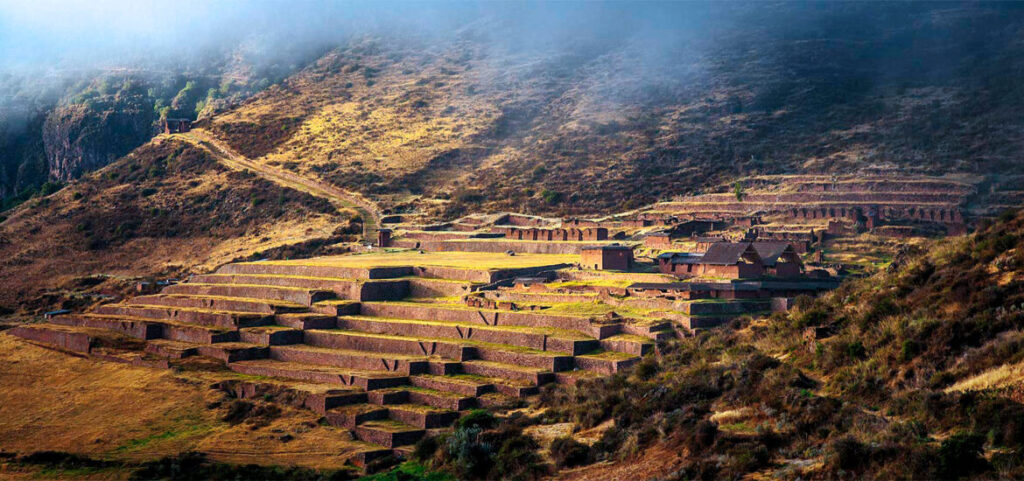
Stone and Adobe Buildings: You will see a blend of beautifully carved stone walls and adobe buildings, highlighting the Incas’ talent in architecture.
Irrigation Channels: The clever stone channels still carry water today, showing the Incas’ amazing engineering skills.
Best Time to visit
We recommend visiting Huchuy Qosqo during the dry season which runs from May to September. During this time, you can expect clear skies and ideal trekking conditions. The rainy season, from October to April, brings lush green scenery but can make trails slippery and challenging.
Practical Tips for Visiting Huchuy Qosqo
Acclimatize to the Altitude
- Huchuy Qosqo is located at a high altitude. Spend a few days in Cusco or the Sacred Valley to acclimate before attempting the trek.

Wear Appropriate Gear
- Comfortable hiking boots, a hat, sunglasses, and layers for changing weather are essential. Don’t forget sunscreen!
Bring Snacks and Water
- There are no facilities at Huchuy Qosqo, so pack enough food and water for the day.
Other Attractions Nearby
Huchuy Qosqo can be combined with other activities in the Sacred Valley to create a memorable itinerary:
Pisac

Pisac is a fantastic gateway to the Sacred Valley, a wonderful place to explore! Located at almost 3,000 meters above sea level, it’s only about 45 minutes driving from Cusco. Here, you can discover the amazing textiles, craft, and vibrant markets.
Pisac also houses one of the valley’s most impressive archaeological sites. The views from there and the surrounding mountains are simply stunning. You’re going to have a great time during your visit!
Moray and Maras
The Moray agricultural terraces in the Sacred Valley of Peru are fascinating! Many believe these terraces acted as an agricultural laboratory for the Incas. They create unique microclimates, with a 12°C difference in temperature from top to bottom.
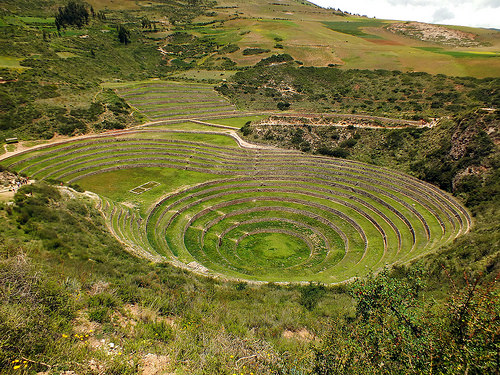
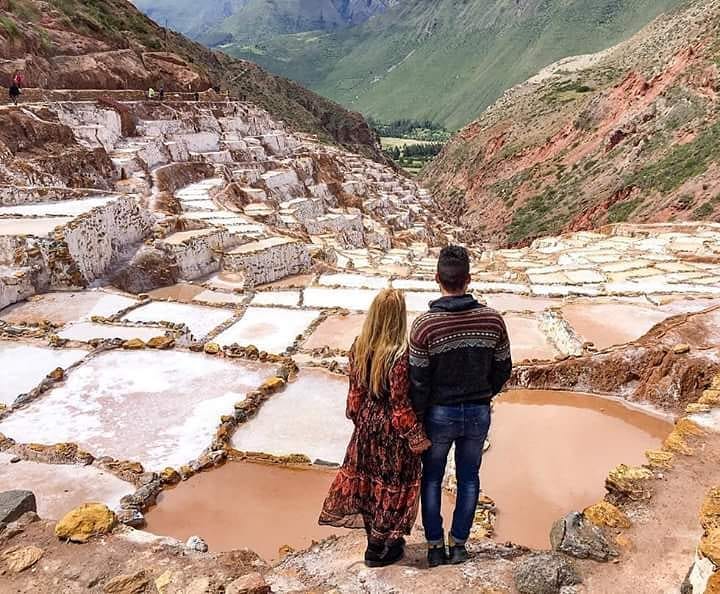
Not too far away, you can find the Maras Salt Mines. These mines were established by the Wari culture between 500 and 1100 A.D. and have been producing salt for centuries!
Maras salt is rich in minerals and is highly valued for its health benefits. Visitors are welcome to explore both sites through guided tours or exciting ATV rides.
Ollantaytambo
Ollantaytambo is a delightful village in the Sacred Valley that you should definitely explore! It has a mix of Inca and colonial architecture, stunning mountain views, and a fascinating archaeological site. Don’t miss the ceremonial fortress, famous for its terraces and its history as the only place where the Spanish army faced defeat.
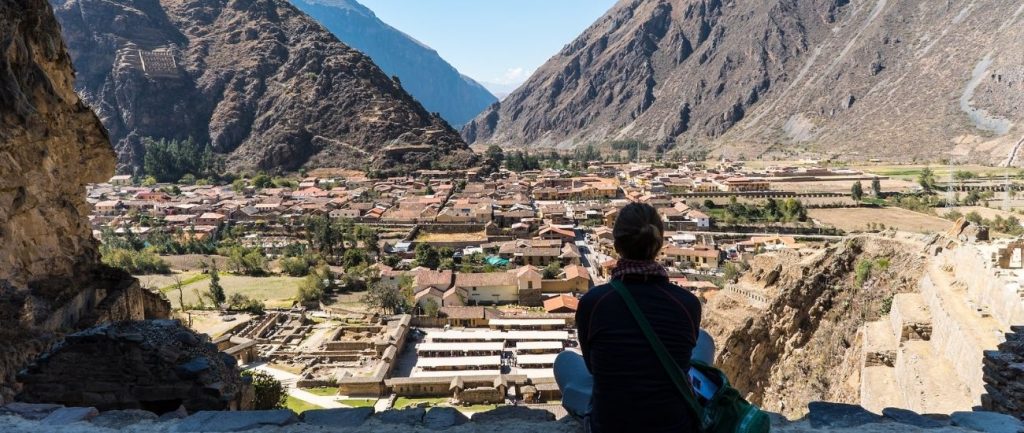
You can easily visit it with the Cusco Tourist Ticket. The nearby Pinkuylluna Warehouses, high on a slope, served as Inca grain storage. The cool temperatures preserved the food. This free attraction involves a steep 30-minute hike but offers rewarding views.
Why Visit Huchuy Qosqo?
Huchuy Qosqo is a special place that offers more than just history; it invites you to experience its beauty. The peaceful atmosphere and breathtaking natural surroundings make it a perfect spot for travelers who want to connect with both nature and history.
Here are some great reasons to visit:
Adventure Off the Beaten Path: Huchuy Qosqo is less crowded than Machu Picchu. This allows for a more personal and thoughtful experience.
Stunning Views: From the ruins, you can enjoy some of the best views in the Sacred Valley.
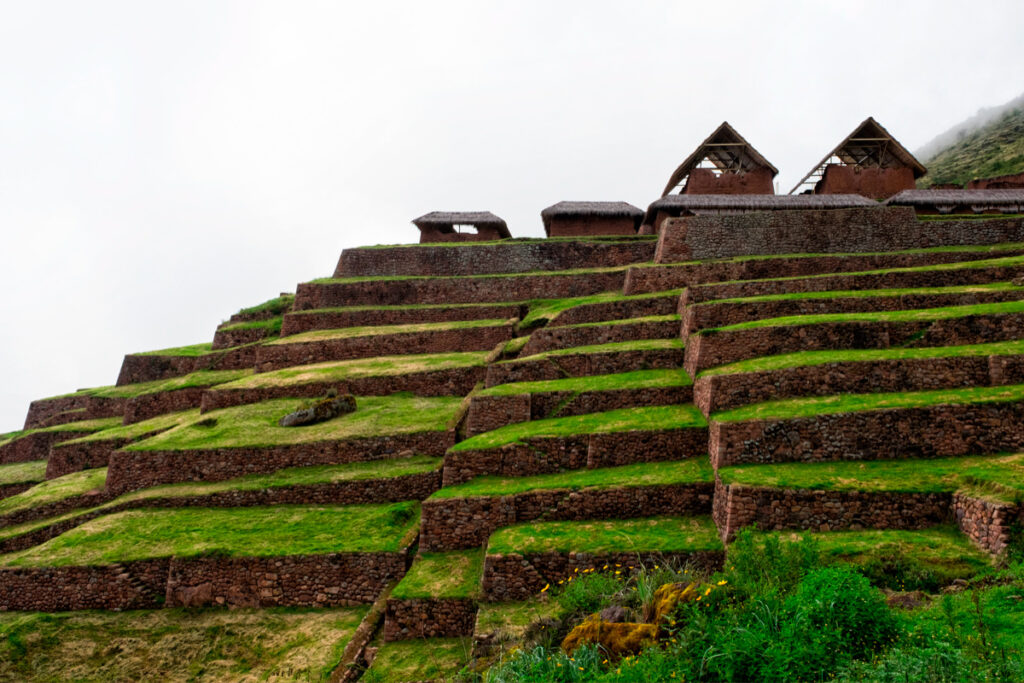
Deep Cultural Insights: Standing among the ancient structures lets you learn about Inca history in a way that is both moving and inspiring.
Challenging but Rewarding Trek: The hike to Huchuy Qosqo is filled with diverse landscapes and chances to meet local culture, making the journey just as fulfilling as the destination.
We hope you consider visiting this incredible site!
Mythology and Spiritual Connection
In Andean Cosmovision, mountains, or “apus,” were considered sacred. Huchuy Qosqo’s location likely held special spiritual meaning. When you visit this site, you can feel a unique connection to the Andes, a feeling that still touches the hearts of local communities today.
Huchuy Qosqo was more than just an administrative center; it was a special place connected to Inca spirituality. In Andean culture, high places like this were seen as sacred. They linked people, Pachamama (Mother Earth), and the apus, the sacred mountains.
The terraces and canals show the Incas’ skills and respect for nature. They viewed it as essential to life and harmony. The original name of the site, linked to lightning, hints that the Incas saw it as a unique spot to observe and understand natural events. This shows the importance of nature in their lives.
Conclusion
While Huchuy Qosqo may not be as popular as Machu Picchu, or other inca and pre inca sites, its charm comes from its peaceful atmosphere, rich history, and stunning views. Whether you’re passionate about history, enjoy hiking, or just want to escape the busy tourist spots, this hidden treasure that overlooks the Sacred Valley is definitely worth your time.
By exploring Huchuy Qosqo, you will not only learn more about the Inca Empire, but also create wonderful memories.So, put on your hiking boots, bring your sense of adventure, and get ready to experience the beauty of Huchuy Qosqo.
This amazing site is waiting for those who are ready to take a different path. Keep in mind that Viagens Machu Picchu operates tours in Huchuy Qosqo and other destinations in Cusco and Peru. Contact our experts o start living your adventure in the ancient kands of the Incas.
Viagens Machu Picchu, journeys that inspire, moments that last.

